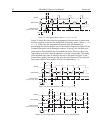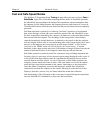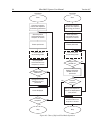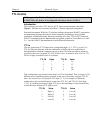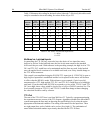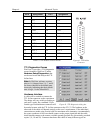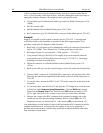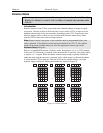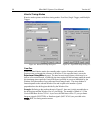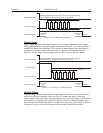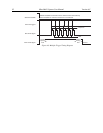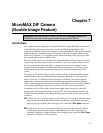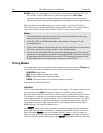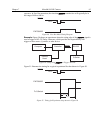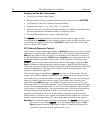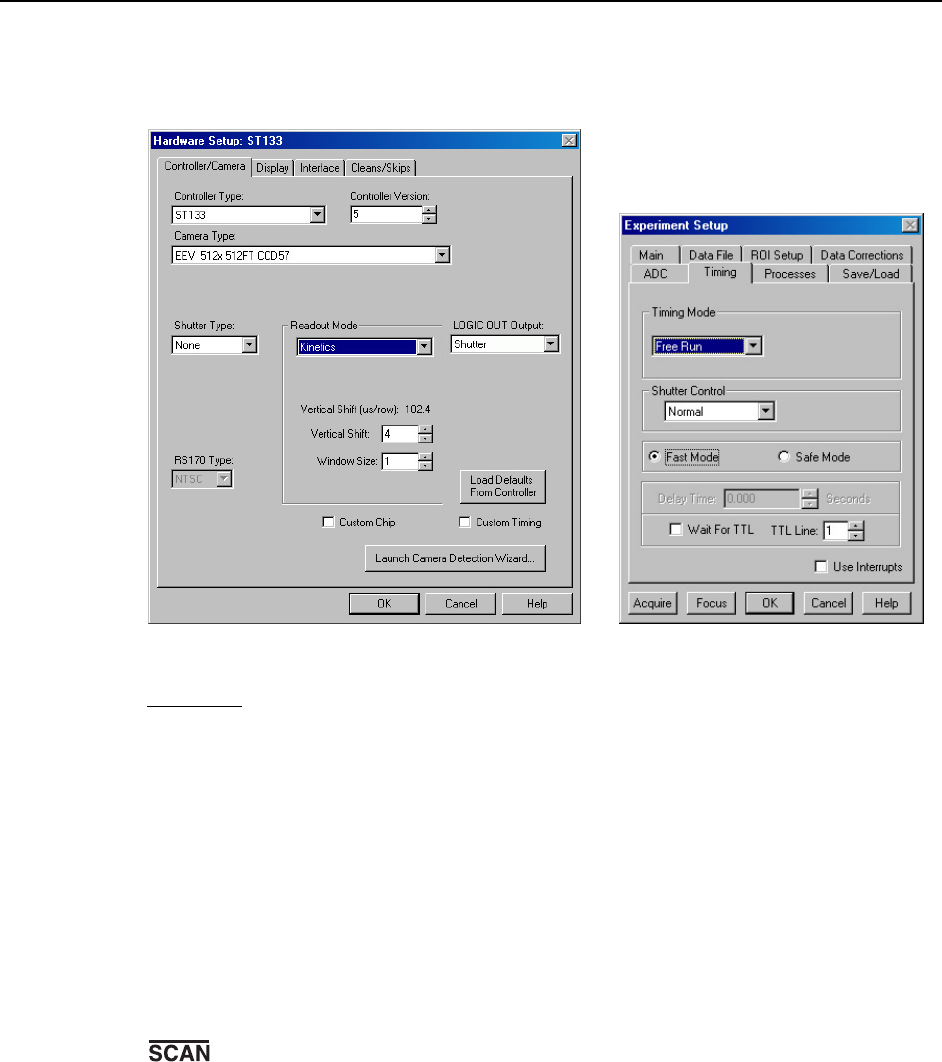
90 MicroMAX System User Manual Version 6.C
Kinetic Timing Modes
Kinetics mode operates with three timing modes: Free Run, Single Trigger, and Multiple
Trigger.
Figure 44. Hardware Setup dialog box Figure 45. Experiment Setup dialog box
Free Run
In the Free Run Kinetics mode, the controller takes a series of im
ages, each with the
Exposure time set through the software (in WinView32, the exposure time is set on the
Experiment Setup|Main tab page). The time between image frames, which may be as
short as a few microseconds, is limited by the time required to shift an image under the mask:
this interimage time equals the Vertical Shift rate (specified in
μsec/row) multiplied by the
Window Size (the number of rows allocated for an image frame). The exact number of
frames depends on the selected Window Size and is equal to the number of pixels
perpendicular to the shift register divided by the Window Size.
Example: Referring to the readout shown in Figure 43, there are 6 pixels perpendicular to
the shift register and the Window Size is 2 pixels high. The num
ber of frames is 3. If the
Vertical Shift Rate for the CCD is 1.6
μsec/row, the Shift time will be 3.2 μsec per frame.
Integrate signals (SHUTTER) or Readout signals (NOT SCAN) are provided at the
BNC for timing measurements



